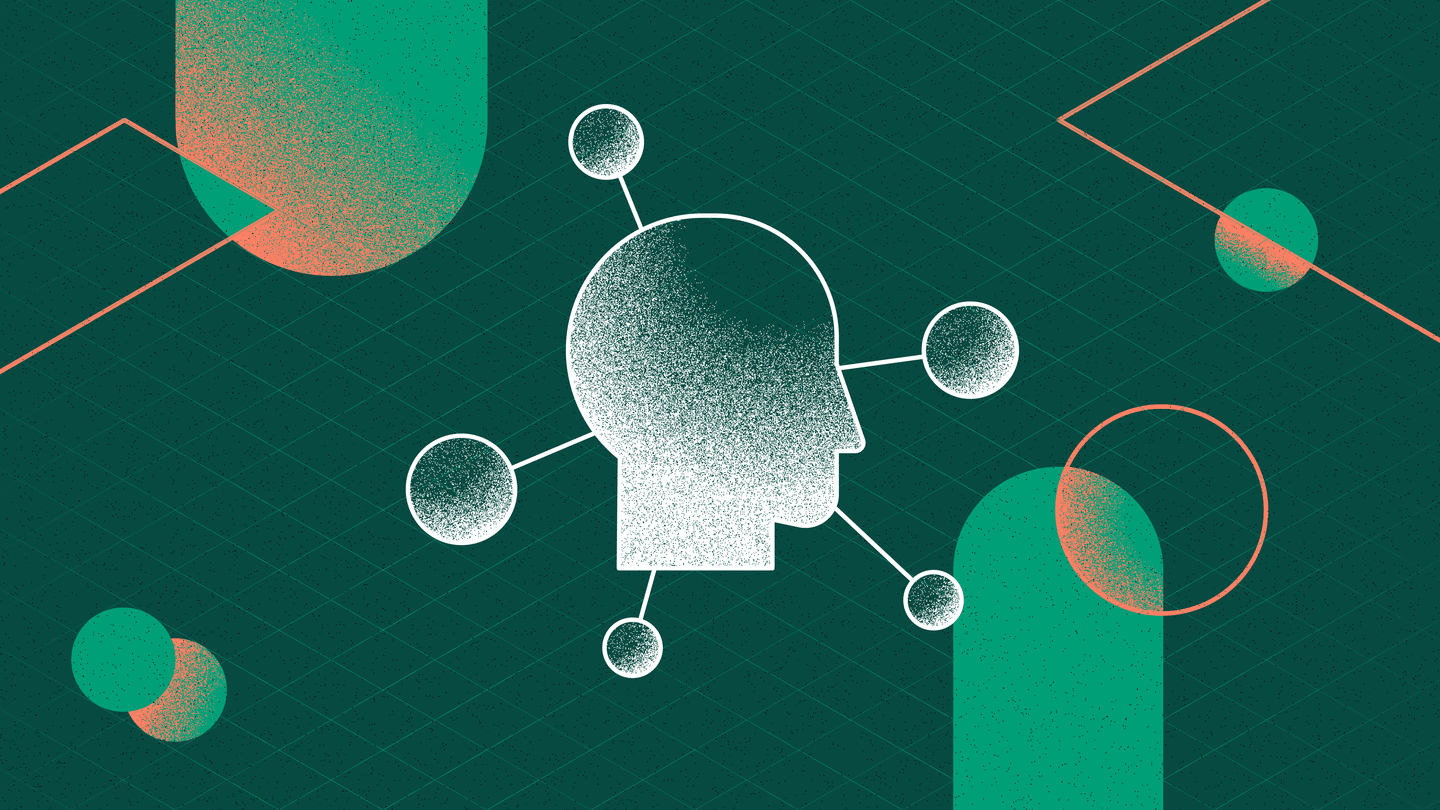Our services
With the right strategy, the best-fit technology, and experiences that truly engage, ambition becomes measurable outcomes.
As an end-to-end digital transformation partner, we cut through complexity, reveal the best path forward, and make it real — from vision and strategy to data and design, implementation, and continuous improvement.
Explore our services to see how clarity in action helps you modernize, innovate, and grow with confidence.
Our approach
We deliver rapid results and build for long-term impact.
We provide measurable, continuous value creation that you can see and feel.
We combine empathy with bold creativity.
Whilst we push for innovative and unconventional solutions, we care for your organization’s culture.
Amidst many competing options we find the one, best solution.
Our approach is multidisciplinary, diverse and collaborative.
Doing things differently has given us the expertise to do it again. And again.
We have experience from 3000+ cross-industrial projects and our own transformation – and we share our knowledge by default.
Interdisciplinarity is what makes us unique.
As an international team of world-class technologists, designers and strategists — we’re at your side to catalyze your progress.
Collaboration is in our nature.
Futurice is tech agnostic, but we’re backed by an ecosystem of specialized Futurice family companies and strong technology partnerships with companies like AWS, Microsoft, and Google.




